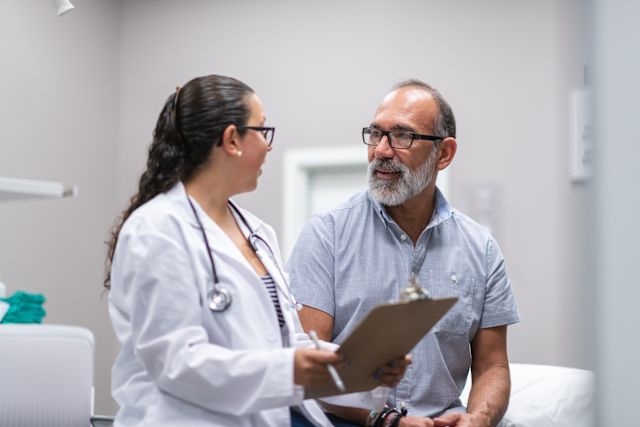Updated on September 12, 2024.
You may not be familiar with its name, but steatotic liver disease (formerly known as fatty liver disease) silently affects up to one in three U.S adults. And that number continues to climb. The condition can lead to liver failure and other serious complications.
Here’s what you need to know about the disease and how to keep your liver healthy.
What is nonalcoholic fatty liver disease?
Nonalcoholic fatty liver disease (NAFLD) is the name historically given to a group of conditions that causes excess fat to build up in liver cells. NAFLD is similar to alcoholic liver disease but it occurs in people who don’t drink or over-consume alcohol.
In 2023, the American Association for the Study of Liver Diseases (AASLD) unveiled new, more precise terminology to describe fatty liver disease.
Fatty liver disease became known as steatotic liver disease (SLD). (“Steatotic” refers to the buildup of fat in a part of the body.)
As part of the name change, nonalcoholic fatty liver disease (NAFLD) became known as metabolic dysfunction-associated steatotic liver disease (MASLD). The thinking was that rather than describe what doesn’t cause the condition (alcohol), the terminology should describe what does likely contribute to it (certain metabolic conditions). These metabolic conditions include obesity, type 2 diabetes, and high blood pressure.
Experts think MASLD on its own doesn’t harm the liver much. But MASLD can progress to a more severe condition called metabolic-associated steatohepatitis (MASH). This condition was previously known as non-alcoholic steatohepatitis (NASH). It can damage the liver and lead to cirrhosis, a condition marked by scarring of the liver. MASH most commonly affects people ages 40 to 60.
What causes metabolic dysfunction-associated steatotic liver disease?
Experts still can’t say definitively what causes metabolic dysfunction-associated steatotic liver disease, but it’s been closely linked to weight gain and obesity and medical conditions such as insulin resistance and diabetes.
It’s also not clear what causes MASLD to turn into MASH.
What are the symptoms of MASLD?
MASLD is usually a silent condition, which means people generally have no symptoms. They often only discover they have it through blood tests that reveal elevated liver enzyme levels.
When symptoms do appear, they can include:
- Fatigue
- Abdominal pain (especially over the upper-right part of the abdomen)
- Nausea
- Weight loss
- Jaundice (a yellowing of the skin and whites of the eyes)
- Itching
- Leg swelling
- Loss of appetite
- Mental confusion
Who’s at risk for MASLD?
People most at risk for MASLD are those who:
- Are overweight or obese
- Are living with diabetes, insulin resistance, or metabolic syndrome
- Have high cholesterol or triglyceride levels
According to the American Liver Foundation, rapid weight loss and unhealthy eating habits can also contribute to MASLD.
Some people who develop MASLD have no risk factors at all. While it primarily affects adults, healthcare providers are seeing more children diagnosed with the condition.
How is MASLD treated?
There’s no specific treatment for MASLD. But eating a healthful diet, controlling your cholesterol and triglyceride levels, and exercising regularly to maintain a healthy weight could help in reversing or preventing it.
It’s also important to keep your diabetes under control if you have it and to steer clear of alcohol or any unnecessary medications.







